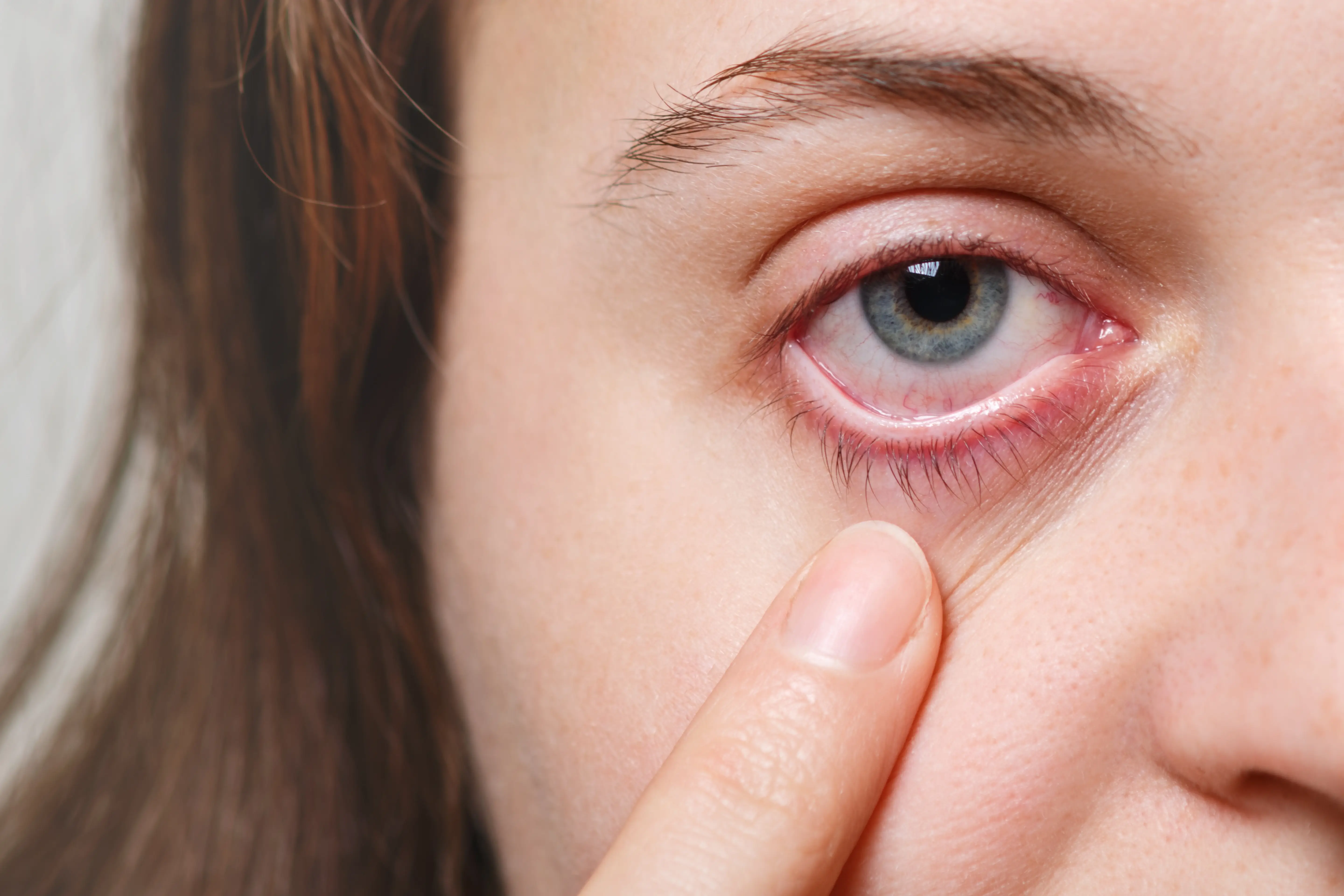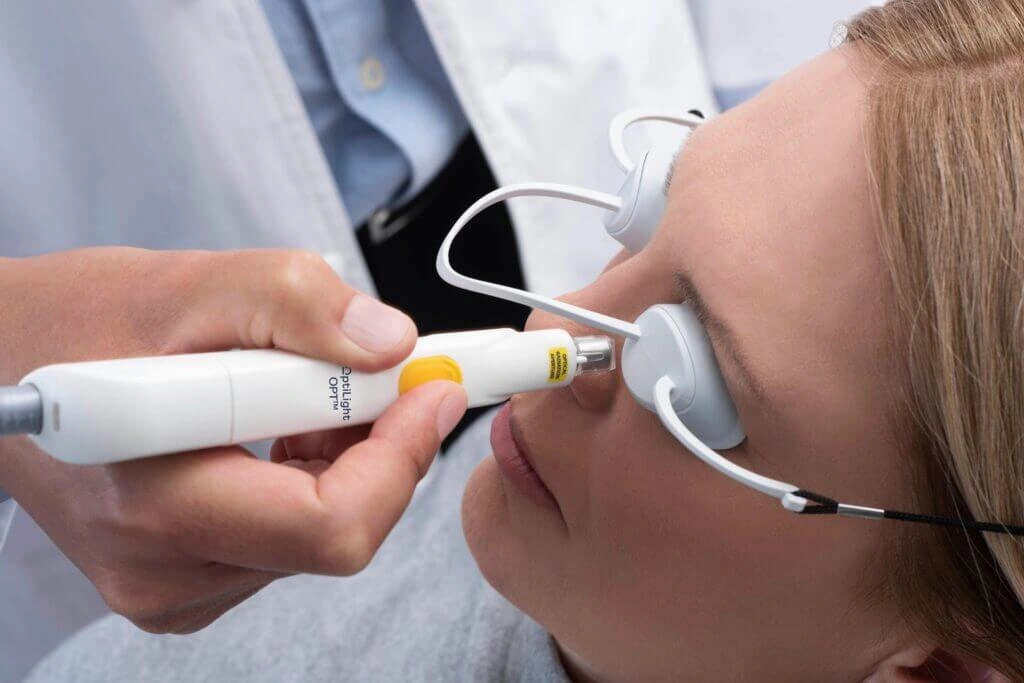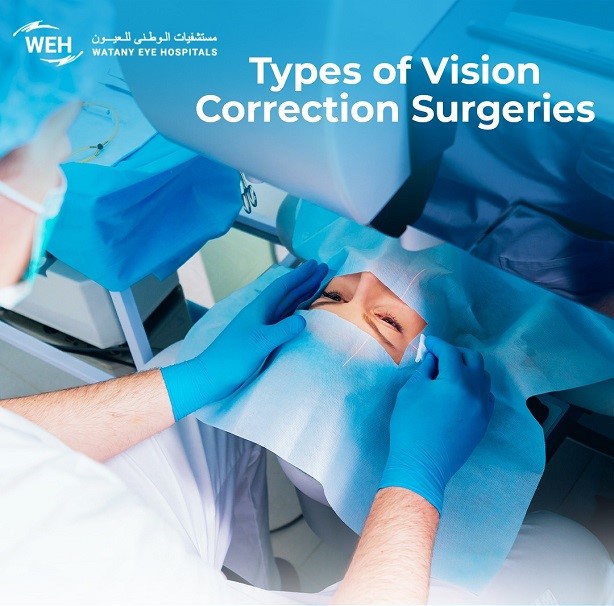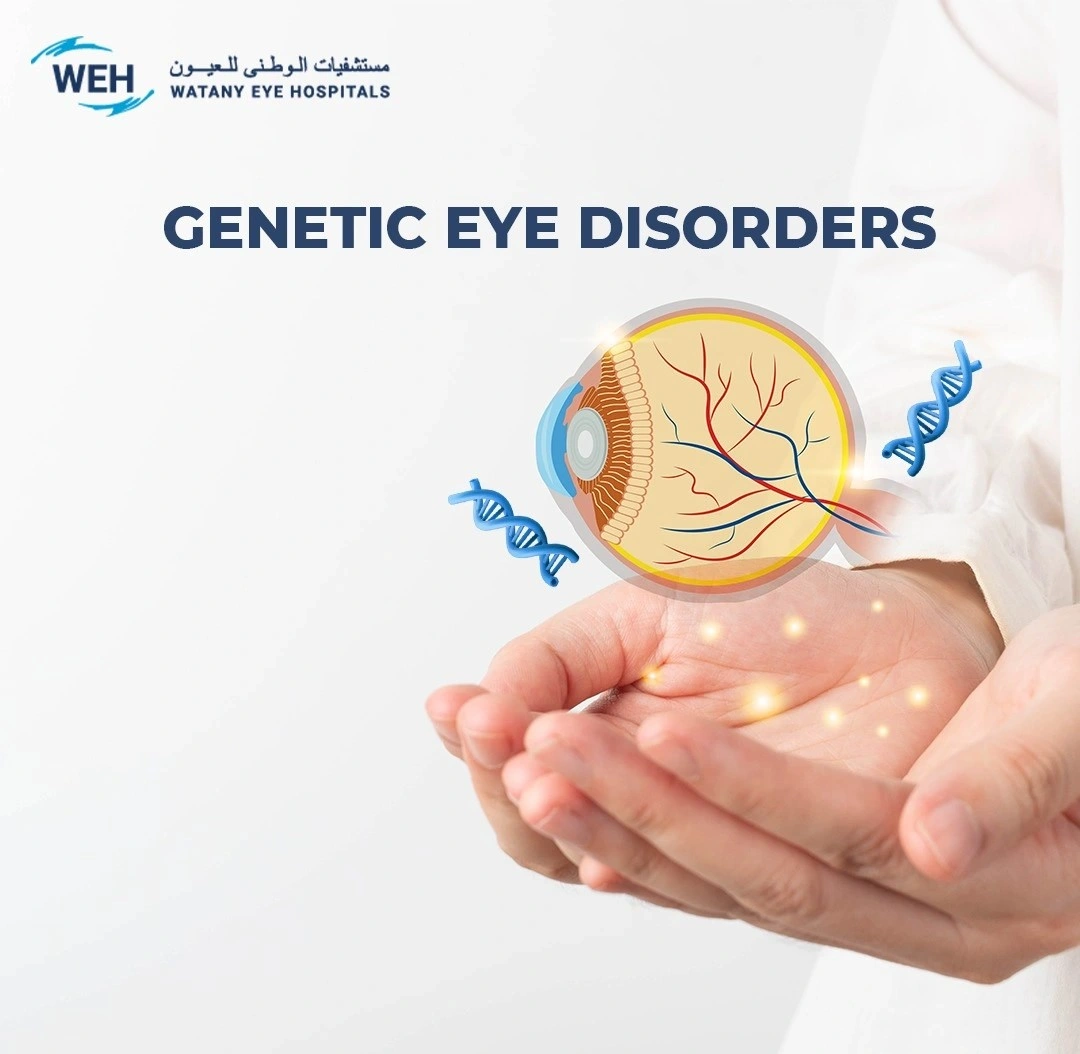
Dry eye is a common condition that can significantly affect quality of life. At Watany Eye Hospitals, we believe in the importance of accurate diagnosis and innovative treatment to ensure the comfort of our patients. In this article, we present the latest information about the causes, symptoms, and the most effective treatment options for dry eye, including modern technologies such as IPL and LipiFlow.
What is Dry Eye?
Dry eye occurs when the eyes cannot produce enough tears, or when the quality of the tears is poor, leading to burning, itching, and discomfort. Dryness may result from rapid tear evaporation or an imbalance in tear composition.
Symptoms of Dry Eye
Symptoms of dry eye vary from person to person, but there is a common set of symptoms that most people experience, including:
• A burning or stinging sensation in the eye.
• The feeling of a foreign body in the eye, such as sand.
• Redness of the eye.
• Persistent itching.
• Blurred vision, especially when sitting in front of screens for a long time.
• Excessive tearing (as a reflex of the eye to dryness).
• Difficulty opening the eyes in the morning or after waking up.
• Discomfort when wearing contact lenses.
• Rapid eye fatigue during reading or driving.
Causes of Dry Eye
Dry eye is often due to multiple factors, including:
• Aging: Tear production naturally decreases with age.
• Prolonged screen time: Reduces blinking rate, increasing tear evaporation.
• Exposure to dry or air-conditioned environments: Leads to moisture loss from the eyes.
• Wearing contact lenses: Can interfere with the natural tear film.
• Certain medications: Such as antihistamines, antidepressants, blood pressure medications, and birth control pills, which can reduce tear production.
• Underlying medical conditions: Such as rheumatoid arthritis, diabetes, and Sjogren's syndrome.
• Use of eye makeup: Especially products applied near the eyelid margin, which may block tear glands.
Treatment Options for Dry Eye
1. Lubricating Eye Drops
The use of artificial tears is a common first step in dry eye management. Depending on the severity, different types of eye drops may be recommended:
• Low-viscosity drops: Provide quick relief without blurring vision, ideal for frequent use.
• Gel-like drops and ointments: Offer longer-lasting protection, especially overnight.
It is important to choose preservative-free drops for long-term use, as preservatives can irritate sensitive eyes.
2. Anti-inflammatory and Allergy Eye Drops
If inflammation or allergies are contributing to dry eye, your doctor may prescribe medicated drops to address the underlying issue.
3. Sterile or Antiseptic Eye Drops
These drops help prevent or treat infections, especially if the dryness is associated with environmental factors or surface inflammation.
4. Home Care and Lifestyle Adjustments
Simple changes can significantly alleviate dry eye symptoms:
• Apply warm compresses daily to stimulate oil glands.
• Use a humidifier to maintain moisture in indoor air.
• Take regular breaks when using digital devices (the 20-20-20 rule).
• Drink plenty of water throughout the day.
5. Herbs and Dietary Supplements
Supplements such as Omega-3 fatty acids (found in flaxseed oil or fish oil) may help improve tear quality and reduce inflammation.
Advanced Technologies: IPL and LipiFlow
1. Treating Dry Eye with IPL (Intense Pulsed Light)
IPL therapy is a breakthrough non-invasive solution, particularly effective for dry eye caused by Meibomian Gland Dysfunction (MGD).
The device works by delivering gentle pulses of light below the lower eyelid, which helps to:
• Unblock clogged oil glands.
• Improve the quality of the tear film's oily layer.
• Reduce inflammation and bacterial growth that contribute to dryness.
• Decrease dependence on daily use of artificial tears.
2. Treating Dry Eye with LipiFlow
The LipiFlow system combines controlled heat and gentle pulsation to clear blockages within the Meibomian glands inside the eyelids.
This innovative approach:
• Softens and removes gland obstructions.
• Restores natural oil flow into the tear film.
• Reestablishes tear stability and reduces evaporation.
• Provides longer-lasting relief compared to traditional therapies.
Who Can Benefit from IPL and LipiFlow?
• Patients with dry eye caused by Meibomian gland dysfunction.
• Those who have not responded adequately to eye drops alone.
• Individuals seeking to reduce their long-term dependence on medications.
Dry Eye in Children
Dry eye is not limited to adults; it can also affect children. A doctor may recommend specific eye drops for children, such as moisturizing, sterile, or antiseptic drops, depending on the child's condition.
The Role of the Dry Eye Clinic
It is essential to visit a specialized eye clinic for an accurate diagnosis, especially if symptoms persist or worsen. A thorough examination helps the doctor choose the best eye drops for treating dry eye, tailored to the patient's condition.
When Are Dry Eye Drops Not Enough?
In some chronic cases, dry eye treatment drops alone may not be sufficient, and the doctor may resort to more specialized treatments, such as:
• Punctal plugs: Tiny devices inserted into tear ducts to conserve natural tears.
• Treating internal inflammation: Using specialized medications.
• Devices to stimulate natural tear production.
Conclusion
If you experience persistent dryness in your eyes, you should not neglect it. Whether you need eye drops for dry eye or lubricating eye drops, the most important step is to consult an eye doctor to determine the actual cause behind the dryness. The cause of dry eye may be simple or part of a more complex health condition, and early diagnosis is key to effective treatment.
Follow our website for more specialized medical articles on eye health and ways to prevent eye problems.
Why Choose Watany Eye Hospitals for Dry Eye Treatment
Dry eye may seem like a simple problem, but neglecting its treatment can lead to more serious complications. If you experience any of the mentioned symptoms, our doctors recommend booking an appointment at the nearest eye clinic under our care, where a specialist will diagnose your condition and prescribe the best sterile or moisturizing eye drops.
 Intense Pulsed Light Therapy For Dry Eye
Intense Pulsed Light Therapy For Dry Eye 

